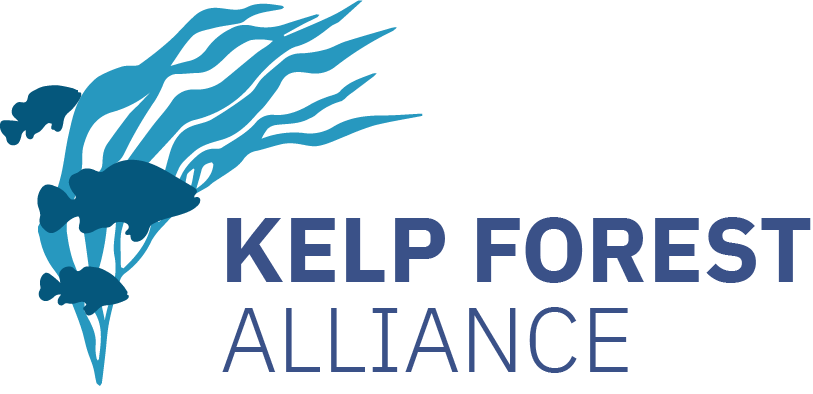Restoration Objective:
The objective of this study was to determine the effects of the 'Exxon Valdez' oil spill and clean-up efforts on intertidal Fucus gardneri populations and associated organisms. They also investigated processes affecting E. gardneri recruitment, early survival and regeneration, and determined natural weathering rates for tar.
Site Selection Criteria:
Sites were selected in three categories. Control sites (unoiled and uncleaned), lightly cleaned sites and heavily cleaned sites. At each site, the study was conducted in the upper intertidal region, as this area received the most intense oiling and cleaning.
Cause Of Decline:
Oil spills can cause large scale environmental disturbances, and recovery of rocky shore communities is often not possible without cleaning oil remnants (usually tar) from the substrate. Over 38 million litres of crude oil were spilled in 1989 by the tanker 'Exxon Valdex' in Prince William Sound in Alaska. Fucus gardneri forms extensive stands covering thousands of kilometres of coastline in Prince William Sound, and provides habitat and/or food for many invertebrates. This assemblage was heavily oiled at many sites following the 'Exxon Valdez' oil spill and was subjected to a major clean-up efforts.
Key Reasons For Decline:
Water Pollution
Scientific Paper
DAMAGE AND RECOVERY IN INTERTIDAL FUCUS-GARDNERI ASSEMBLAGES FOLLOWING THE EXXON-VALDEZ OIL-SPILL
Marine Ecology Progress Series, Vol. 106.
https://doi.org/10.3354/meps106263


